The friendship between the two countries' leaders and many common interests are strong driving forces, pushing the US-India relationship forward.
Indian Prime Minister Narendra Modi will pay an official visit to the United States from February 12-13, at the invitation of President Donald Trump. What will this trip entail?
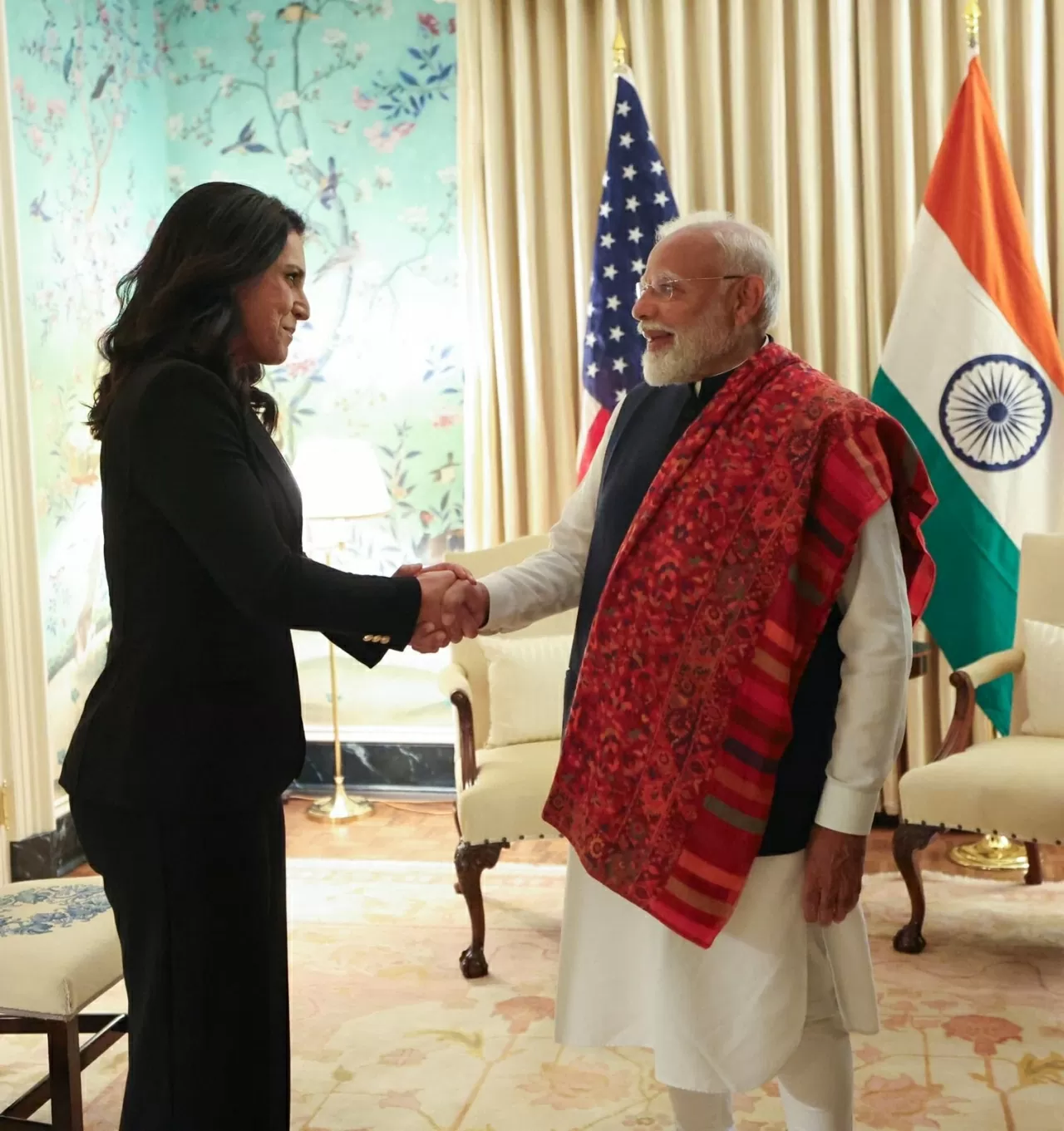 |
| Indian Prime Minister Narendra Modi kicks off his visit with a meeting with newly appointed US Director of National Intelligence Tulsi Gabbard, February 12. (Source: X) |
Reconnect
For starters, Mr Modi will be one of the first leaders to visit the White House during Mr Trump's second term, after Israeli Prime Minister Benjamin Netanyahu, Japanese Prime Minister Ishiba Shigeru and King Abdullah of Jordan.
More importantly, the new US President’s invitation to the Indian Prime Minister to visit in the first month of his term reflects Washington’s priority for New Delhi, a relationship that “will shape the 21st century,” according to US Secretary of State Marco Rubio. Mr. Rubio himself also had an early meeting with his Indian counterpart S. Jaishankar on January 26, discussing many important issues such as tariffs, economic cooperation, as well as preparing for Mr. Modi’s upcoming visit.
In fact, the US-India relationship has “blossomed” since Mr. Trump’s first term. This leader has “revived” the Quad cooperation between Washington, New Delhi, Tokyo and Canberra, thereby strengthening India’s security position. In addition, he has also promoted US-India defense cooperation, including launching the 2+2 Ministerial Dialogue in 2018.
This is a forum for the defense and foreign ministers of the two countries to discuss security and foreign affairs issues of mutual concern. That same year, the US government also gave India the green light to obtain Strategic Trade Authorization Level 1 (STA-1) status, through which New Delhi has access to advanced technologies and military intelligence from the US.
In particular, Washington played an important role in the 2020 Sino-Indian border clashes by providing New Delhi with a lot of intelligence, logistical support with winter clothes and a number of reconnaissance drones.
The personal relationship between the two leaders has also attracted a lot of attention. Notably, the iconic event in Houston, Texas (USA) in September 2019, when Mr. Modi and Mr. Trump spoke together to a crowd of 50,000 Indian Americans. A year later, both made a similar move, but this time in Ahmedabad, the birthplace of Mr. Narendra Modi’s political career.
Under Joe Biden, the US-India relationship continues to be maintained and developed, highlighted by initiatives to promote cooperation in key and emerging technologies such as artificial intelligence (AI), quantum computing, semiconductors and space exploration.
On that basis, in a statement before the visit, Prime Minister Narendra Modi said that the upcoming meeting at the White House is an opportunity to promote and further develop the achievements of bilateral cooperation during President Donald Trump's first term.
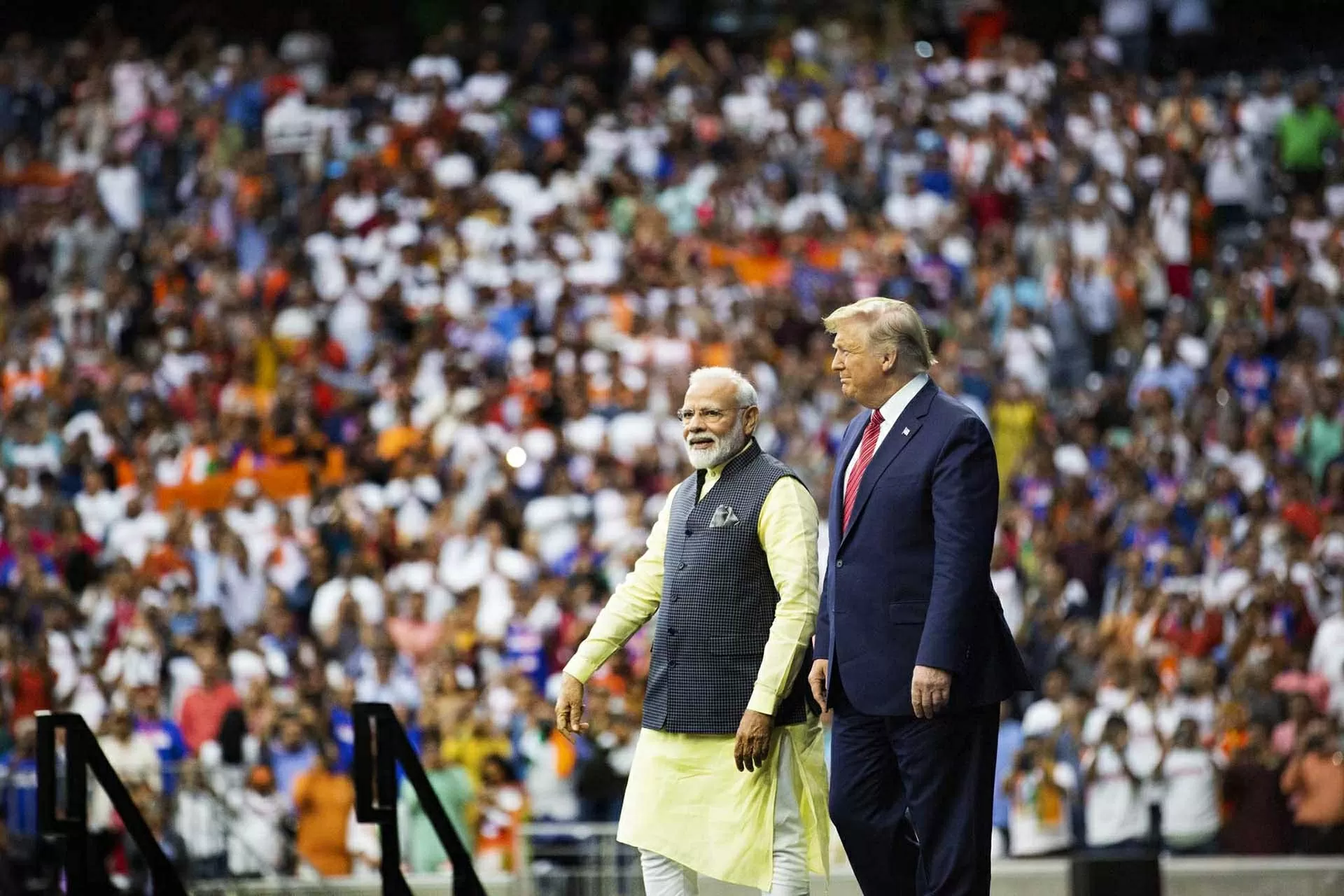 |
| Prime Minister Narendra Modi and President Donald Trump at the Howdy, Modi event in Houston, Texas on September 22, 2019. (Source: Houston Chronicle) |
There are still storms
However, it would be wrong to conclude that the US-India relationship under Trump has been all “rainbows and sunshine.” During his first term, the leader himself criticized India’s trade surplus with the US, branded New Delhi a “tariff king” and imposed tariffs on steel and aluminum imports from the country of the Ganges. The White House chief also removed many provisions of the Generalized System of Preferences (GSP), which allowed many Indian products such as textiles and footwear to enter the US market duty-free.
In 2018, the US also threatened to sanction India after it bought the Russian S-400 air defence missile system. A year later, Mr Trump’s controversial comments on Kashmir and efforts to boost relations with Pakistan also put bilateral ties in jeopardy.
Most recently, Mr. Trump continued to criticize the H-1B visa system, which allows American companies to recruit skilled workers from abroad, of which Indians account for the highest proportion. The incident culminated when the US government deported more than 100 Indian citizens earlier this month, causing a wave of protests and concerns in the country of a billion people.
Benefits come first
However, that is unlikely to disrupt the current trajectory of US-India relations. Vineet Prakash, professor of international relations at Jawaharlal Nehru University (India), assessed: “The deportation of Indian citizens will not change the nature of US-India relations. The two sides have many areas of overlapping interests and will continue to promote cooperation, especially in trade, technology and defense.”
In addition, India has now planned to review tariffs on more than 30 imported items from the US, including luxury cars and solar panels, to reduce its trade surplus. Previously, New Delhi also reduced tariffs on bicycles, high-end cars and chemicals from Washington.
Because, from India's perspective, the US remains a key ally, as the largest investor and leading trading partner. The US is also home to five million Indian-Americans - the largest Indian diaspora in the world. On that basis, Mint (India) commented that in the upcoming meeting, the two leaders will discuss the trade balance, H1-B visas and arms sales.
On the other hand, Turkey’s Anadolu news agency assessed that strategic competition with China, especially in the Indo-Pacific, has forced the US to seek closer ties with countries like India. Sharing the same view, veteran Indian diplomat G. Parthasarthy said that the White House boss “does not want a confrontational policy towards India” and “although there are some small issues, I think India can completely control them”.
Source: https://baoquocte.vn/thu-tuong-an-do-tham-my-ban-cu-loi-ich-moi-304119.html


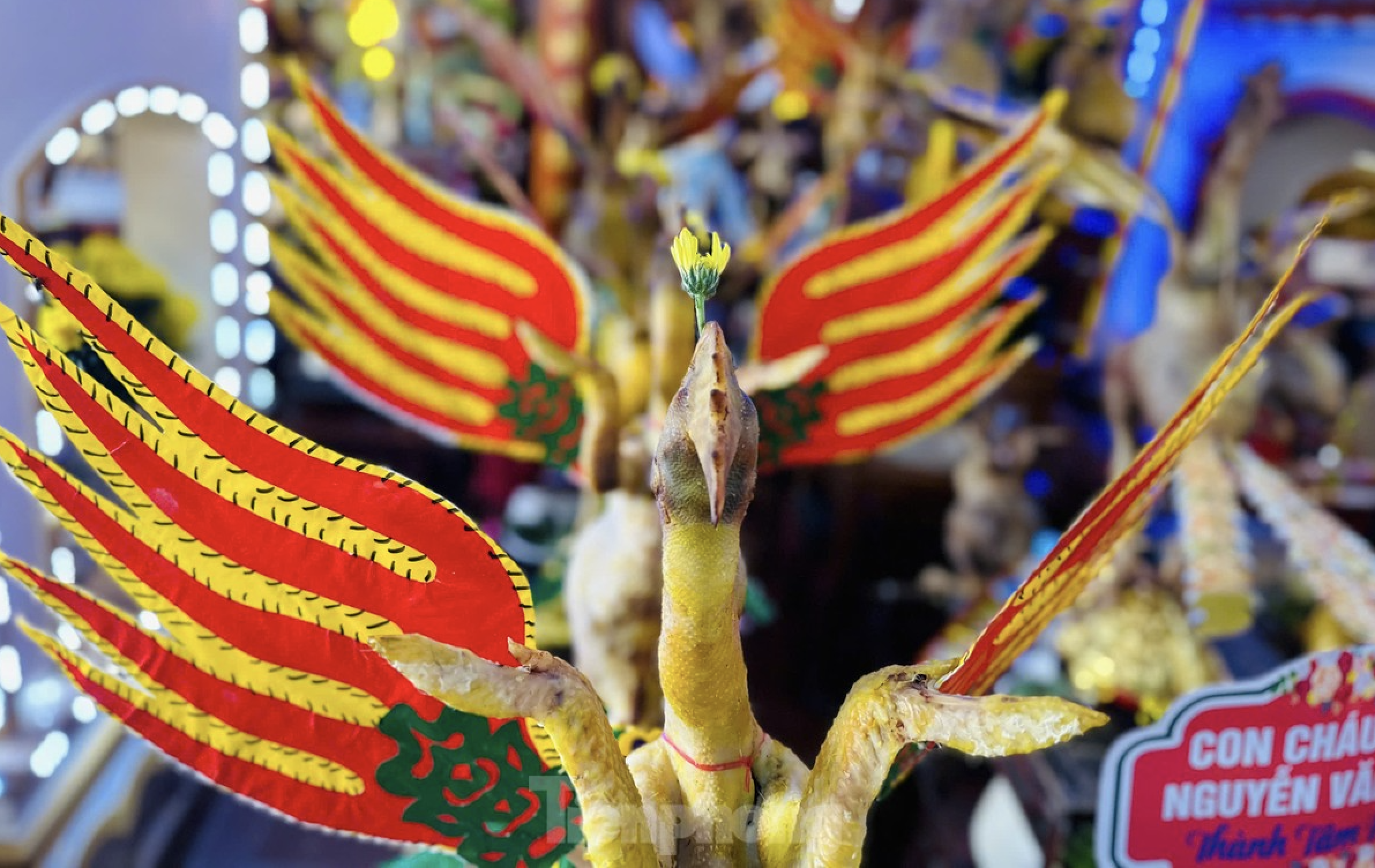
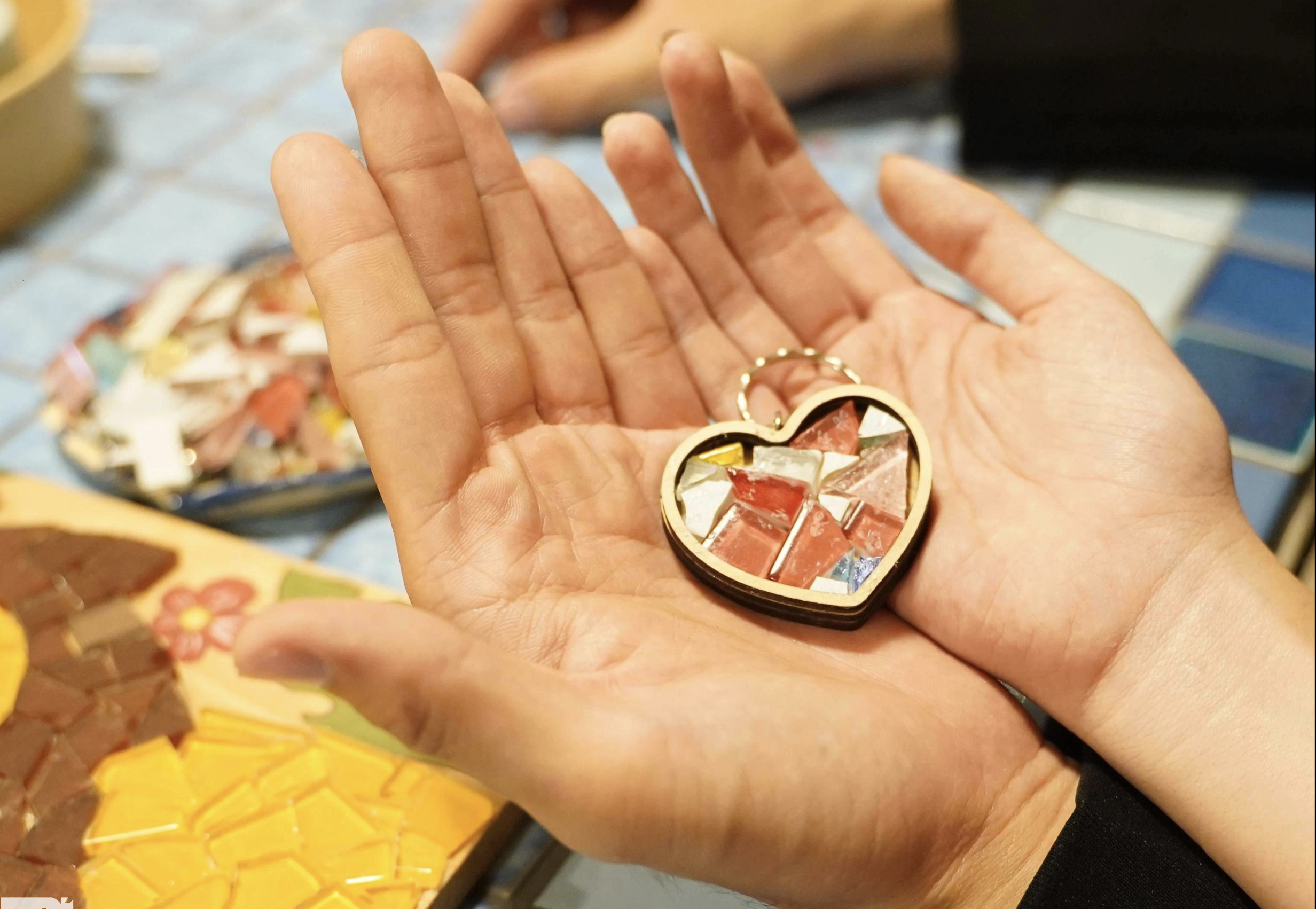
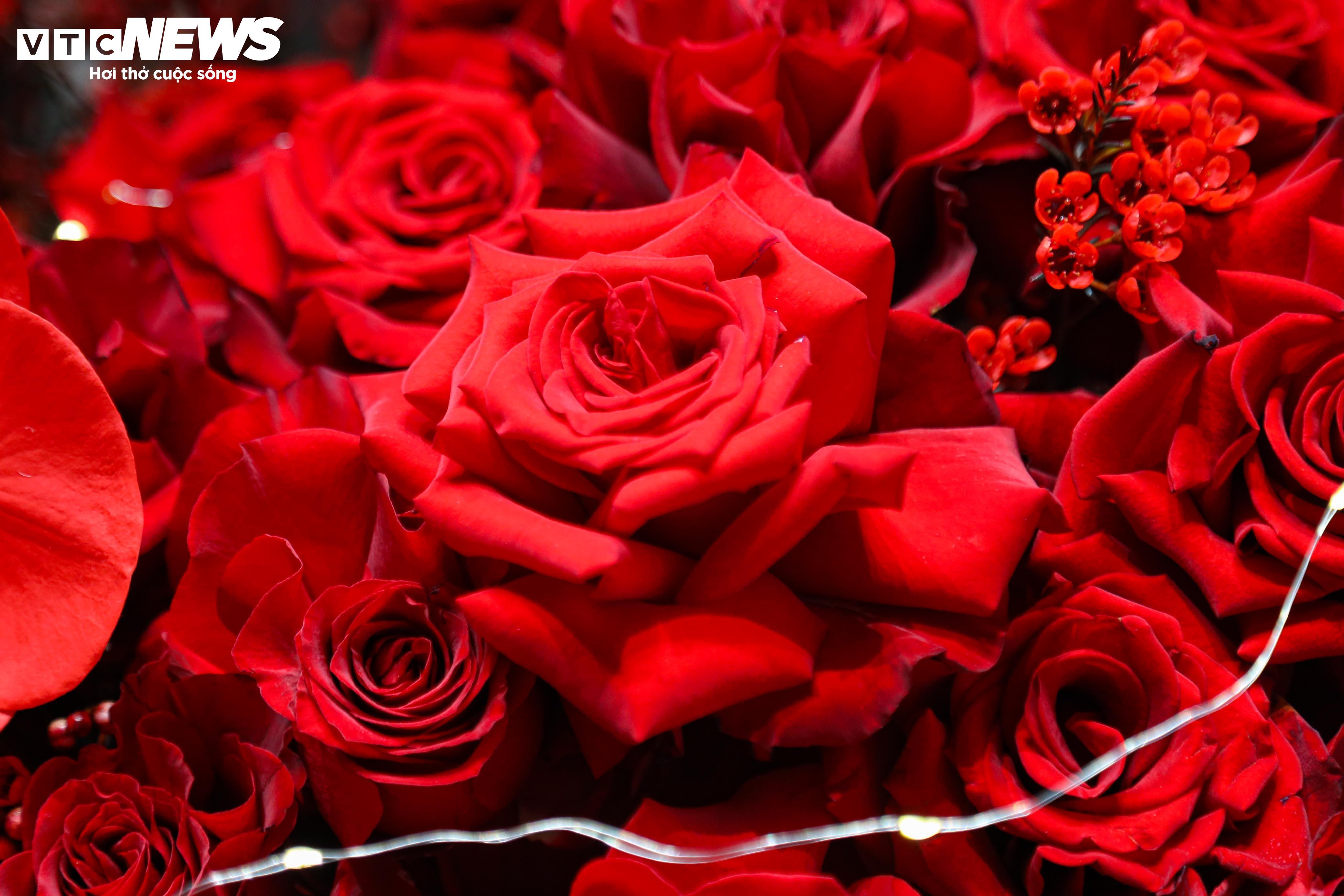

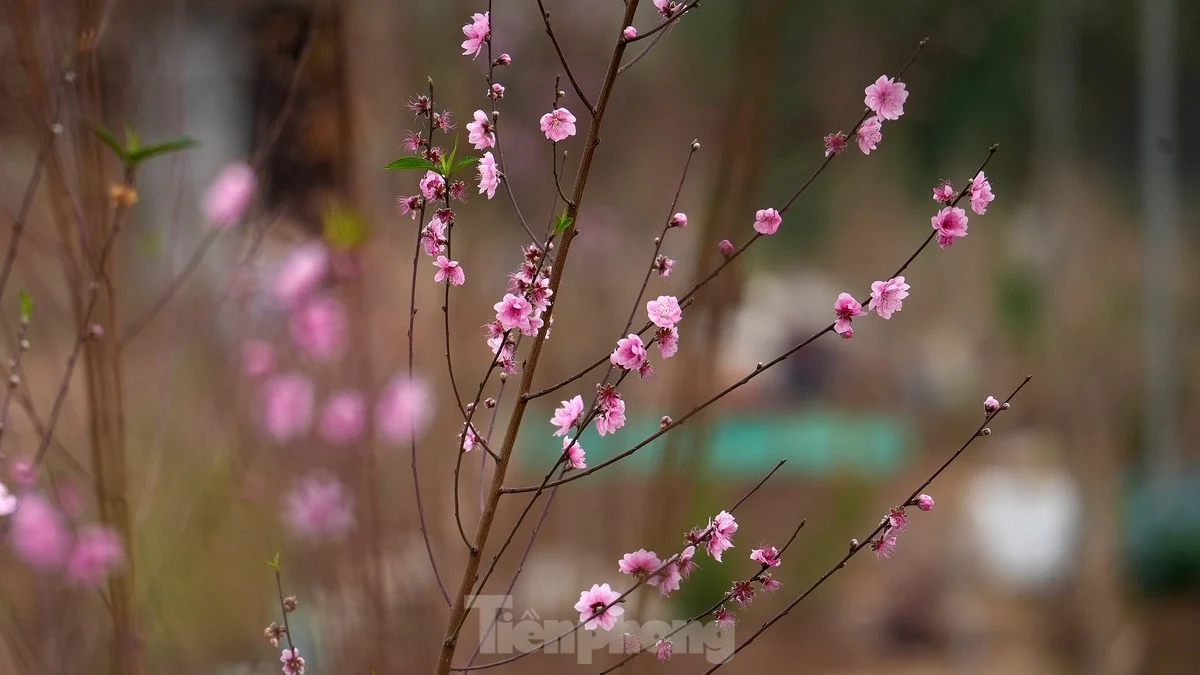























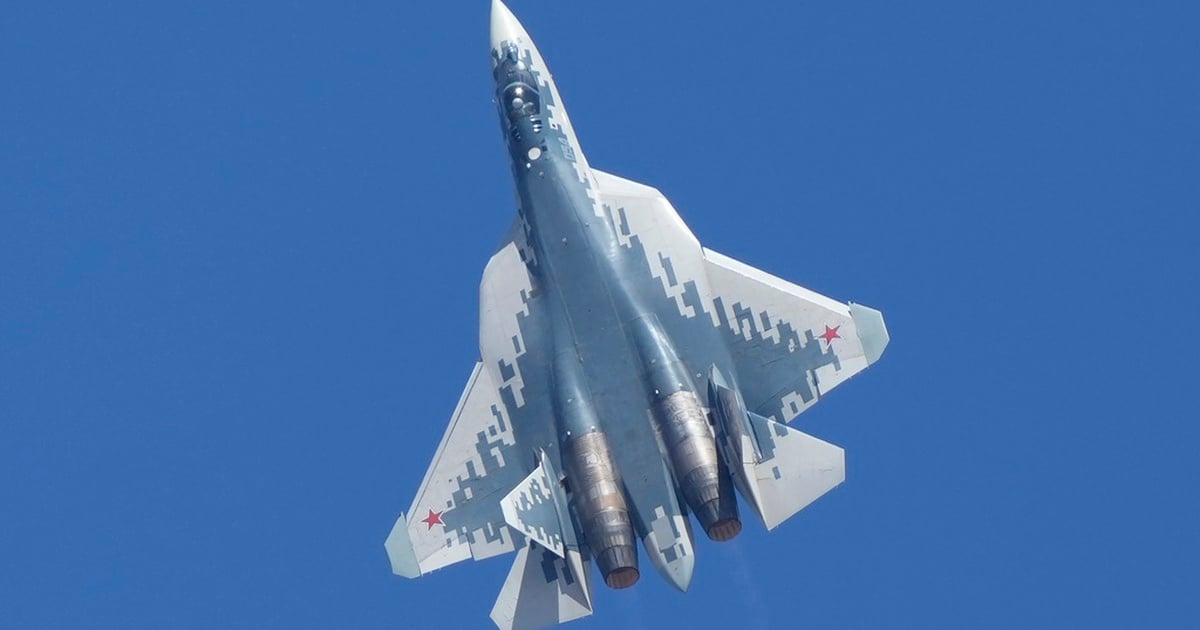

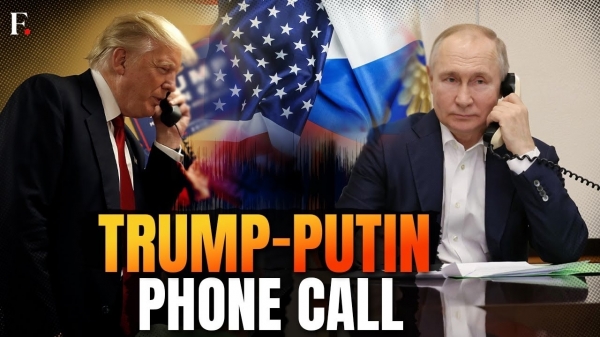
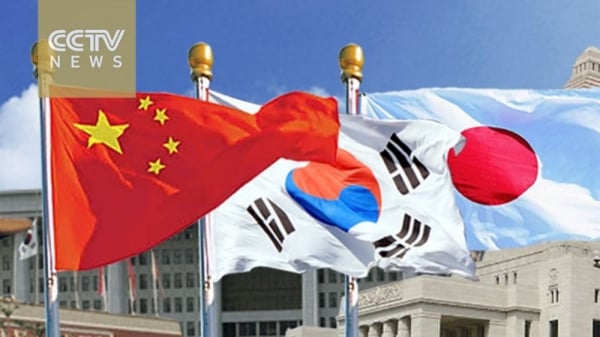
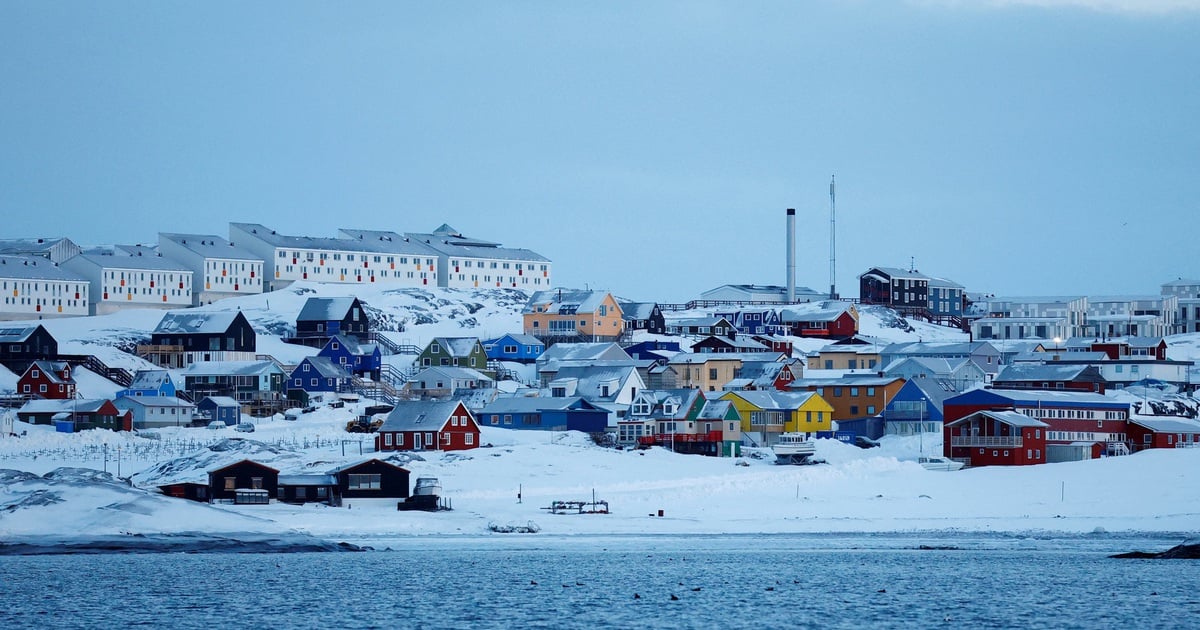
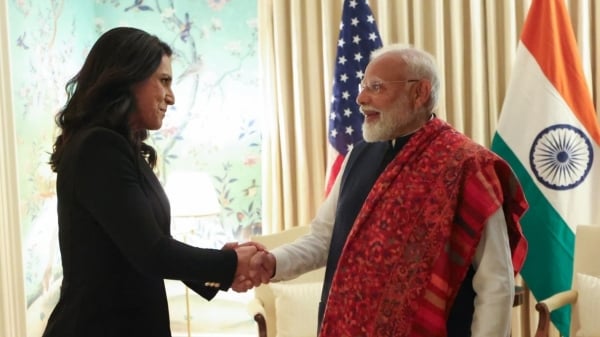
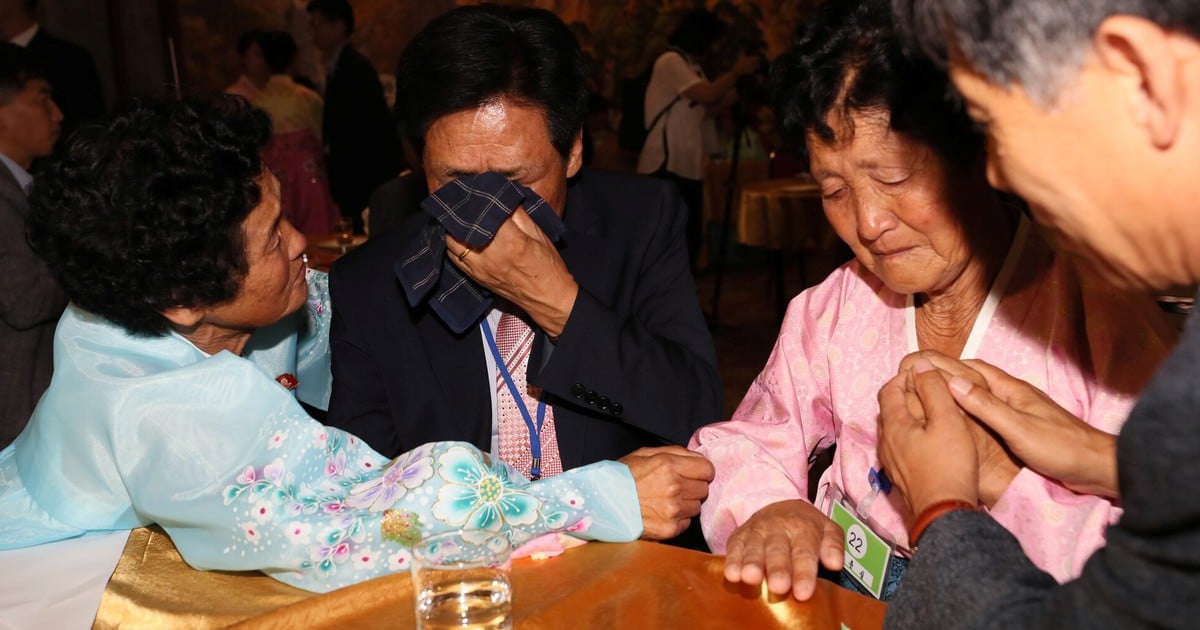
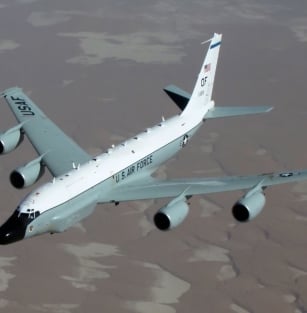
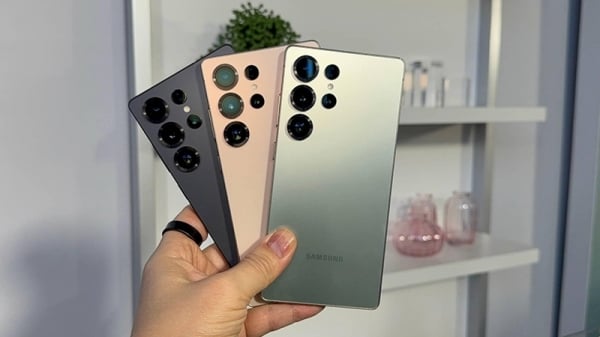
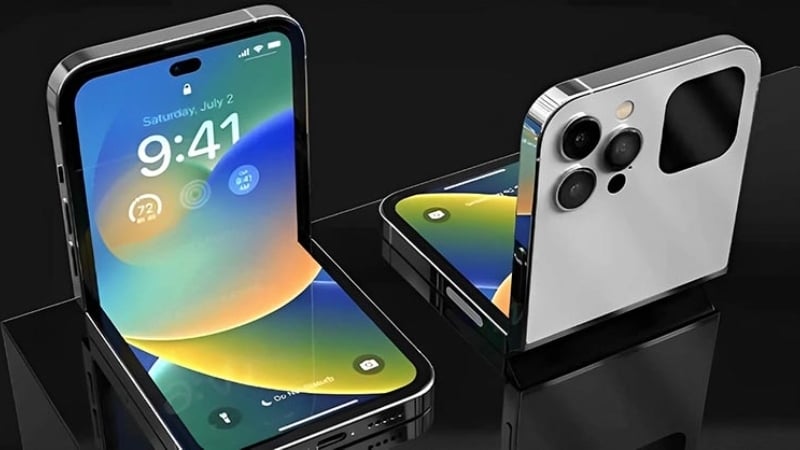
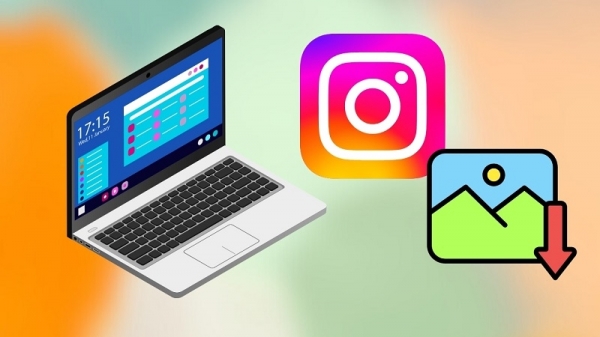
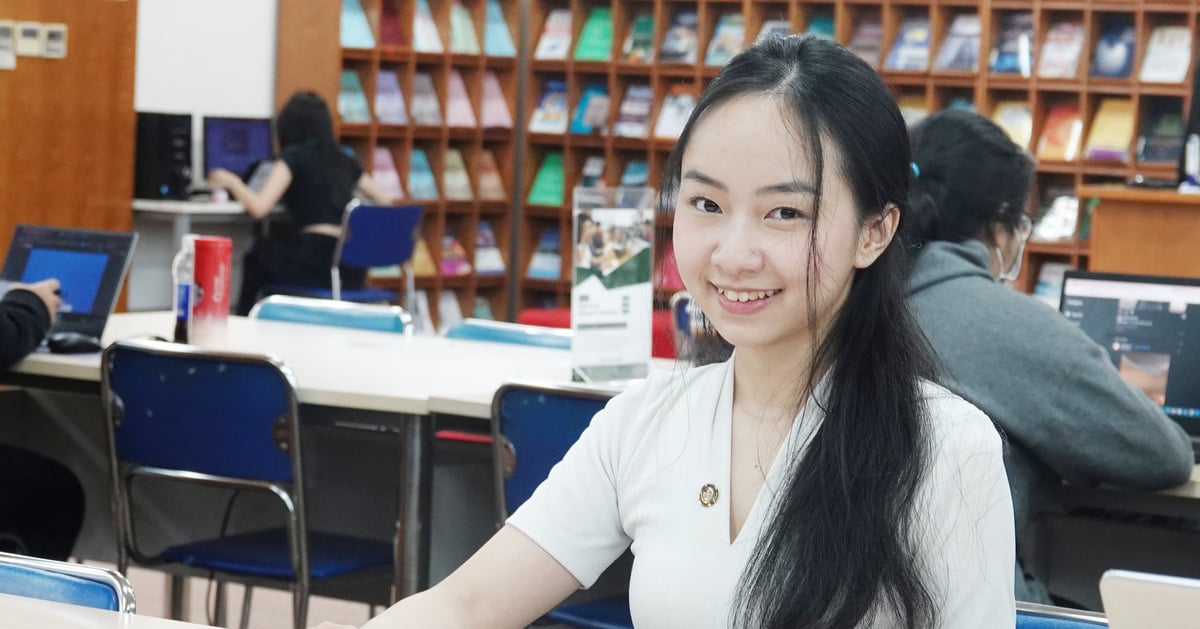

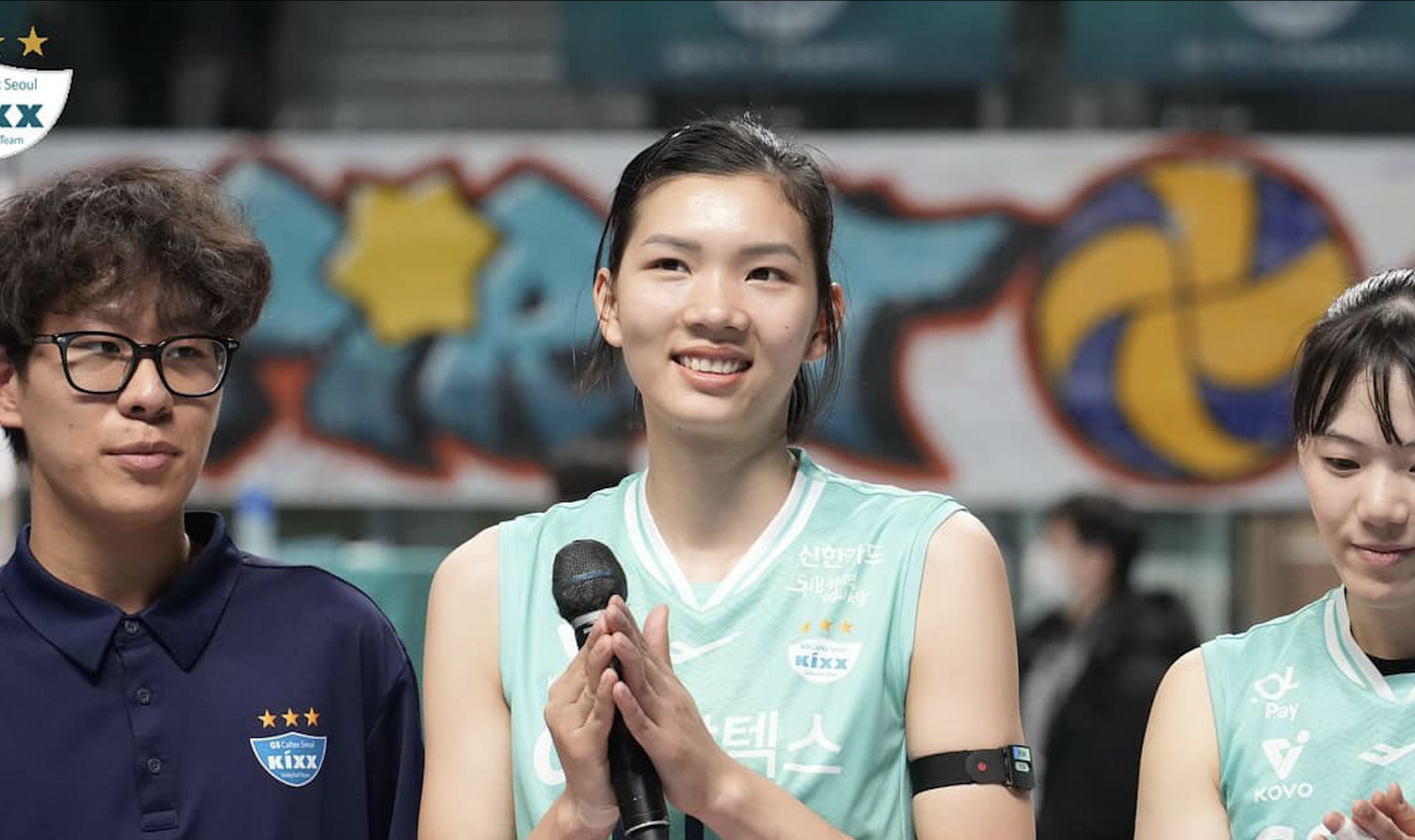


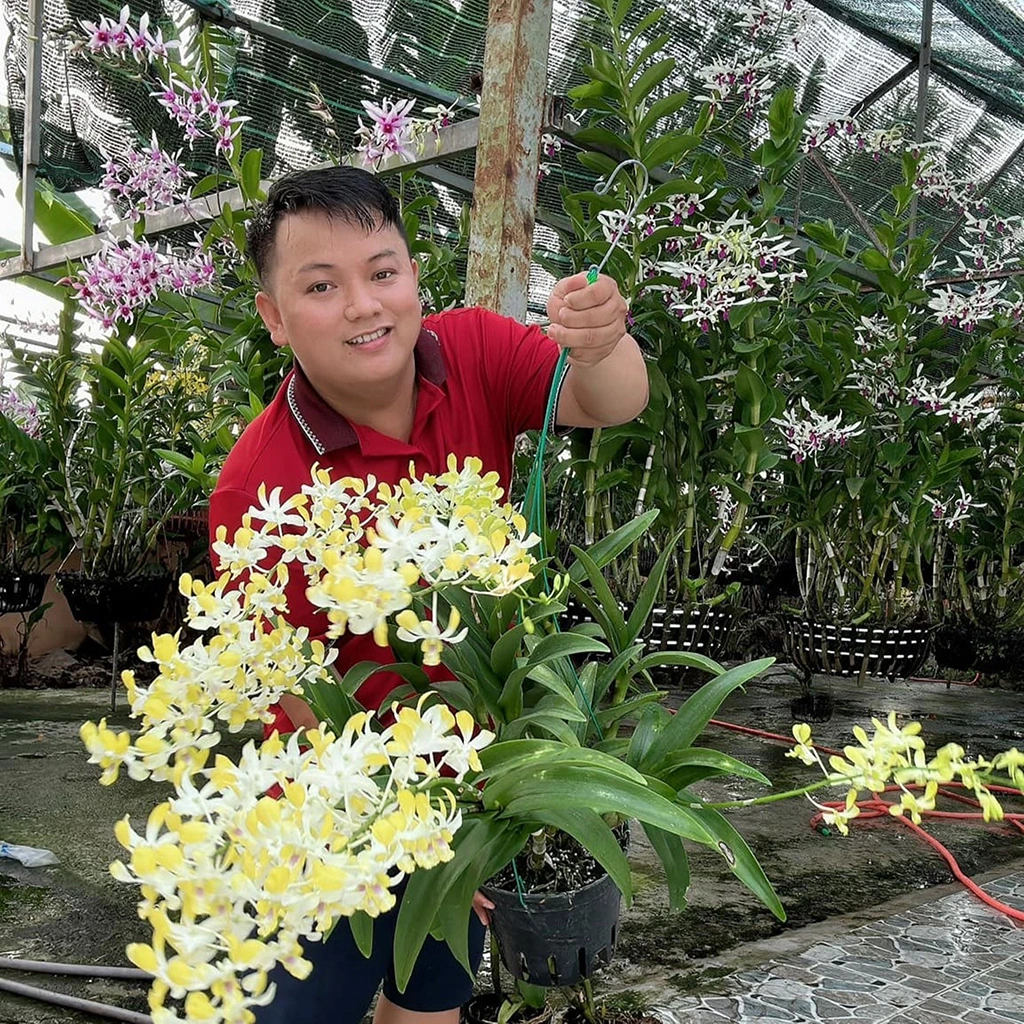


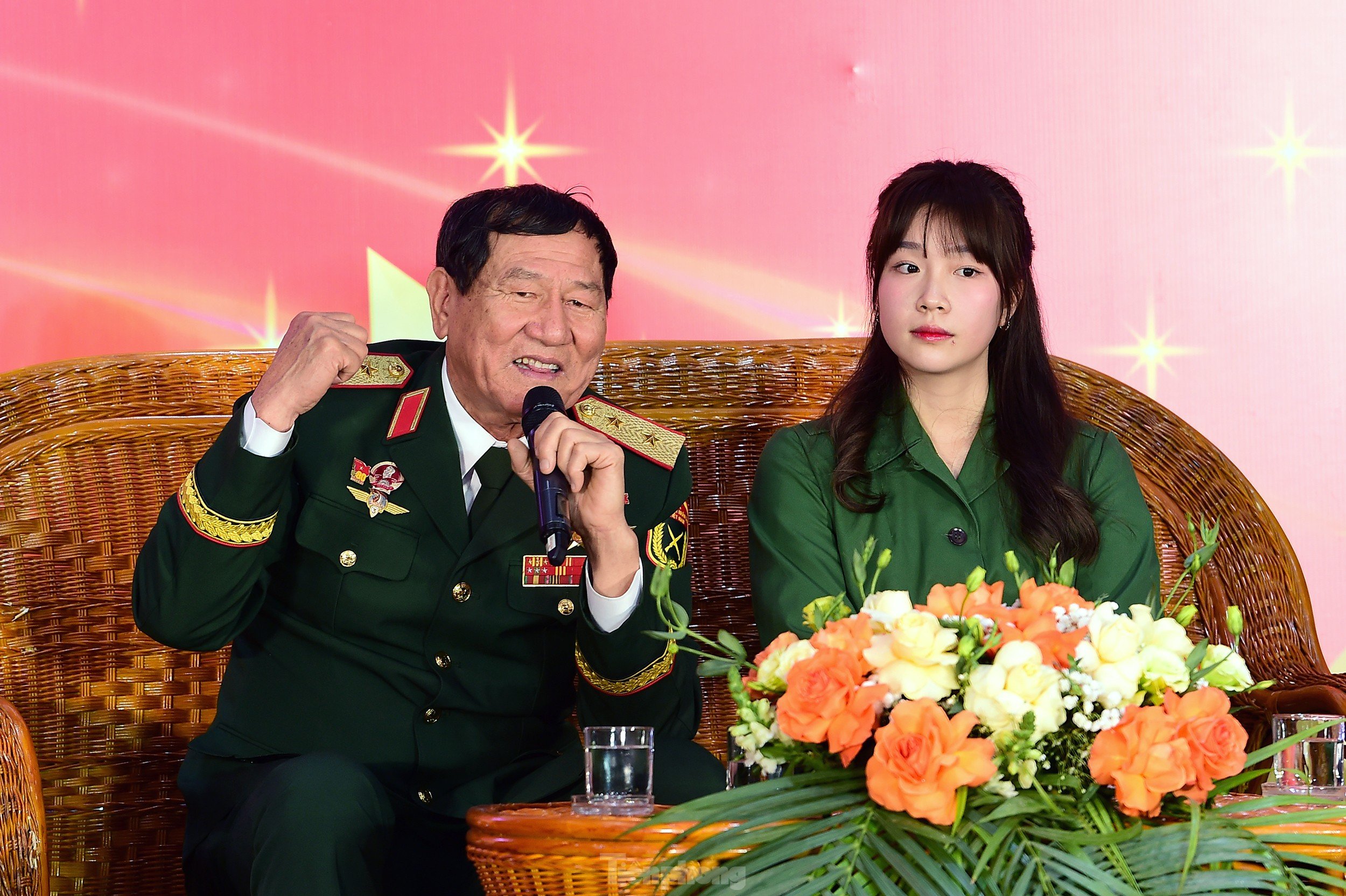





Comment (0)